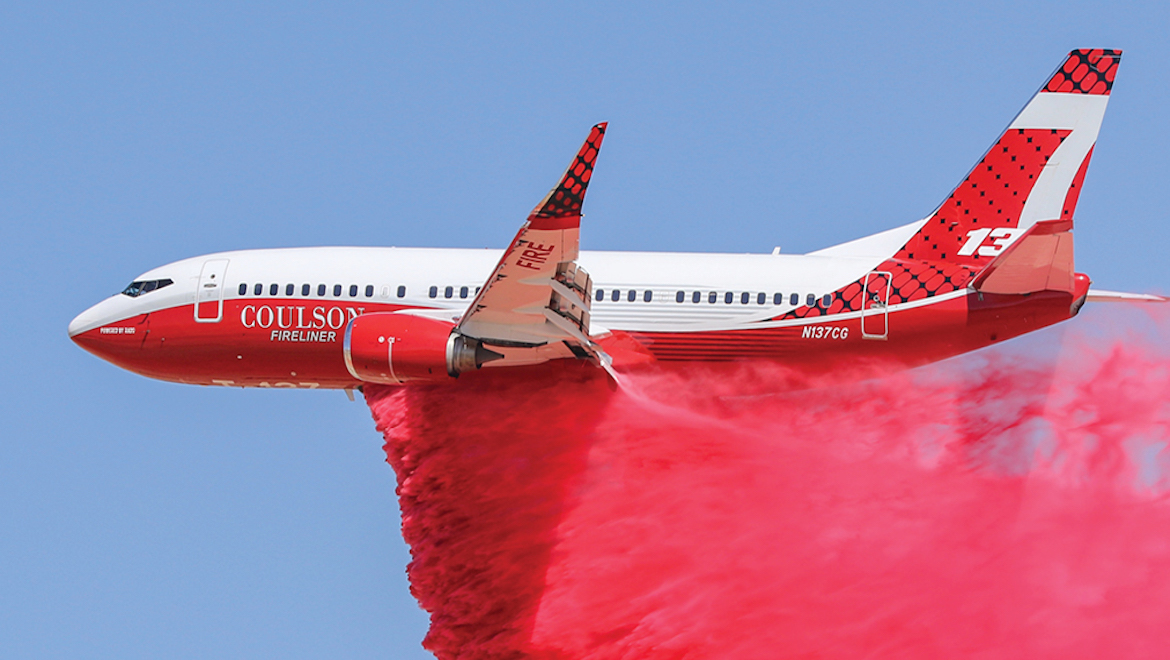On the 6th of February 2023, a Coulson Aviation Boeing 737 air tanker crashed during a firefighting mission near the Fitzgerald River National Park in Australia.
The Coulson Aviation Boeing 737-300 Air Tanker, with registration N619SW, departed from Busselton Airport south of Perth on Australia’s west coast at 03:32 local time to respond to a fire in the area, according to data from FlightRadar24.com. The 737 climbed to 29,000 feet enroute to respond to the bushfire in the Fitzgerald River National Park. This was its third mission of the day over the same area.
As the aircraft got close to the fire area, it descended to around 700 feet to drop firefighting substances over the area. However, after dropping the firefighting substance, the aircraft could not climb as expected and only managed to reach around 1,800 feet before eventually crashing in the vicinity of the fire it had been fighting. The accident occurred in the Fitzgerald River National Park, about 460 kilometers southeast of Perth at about 4:40pm local time.
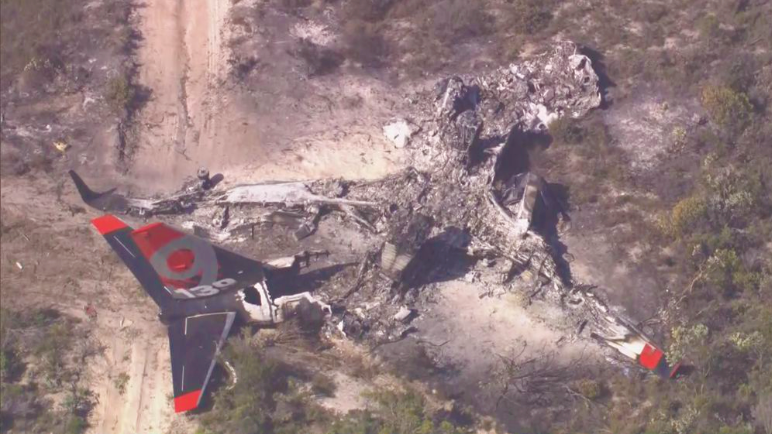
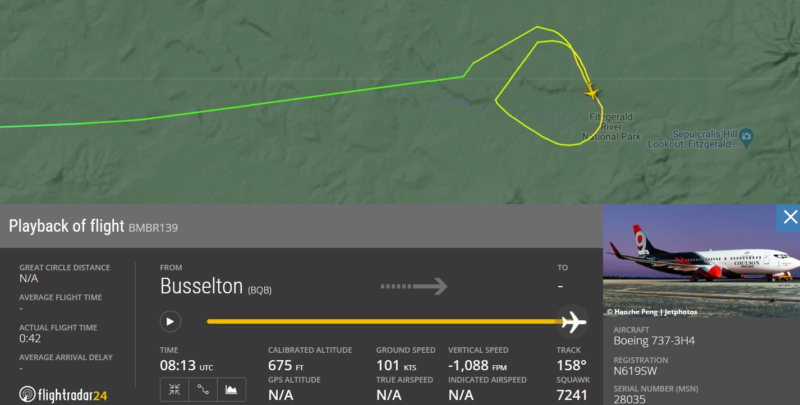
Fortunately, both the crew members survived the crash and have been taken to a local medical facility with minor injuries. They were retrieved from the crash site by helicopter and airlifted to Ravensthorpe Health Service. Multiple smaller firefighting aircraft operating over the fire at that time reportedly continued dumping water and retardant to keep flames at bay while the pilots were being recovered.
The Coulson Aviation Boeing 737-300 Air Tanker, with registration N619SW, had been contracted by the Australian National Aerial Firefighting Centre (NAFC) and was flown to Australia in December last year.
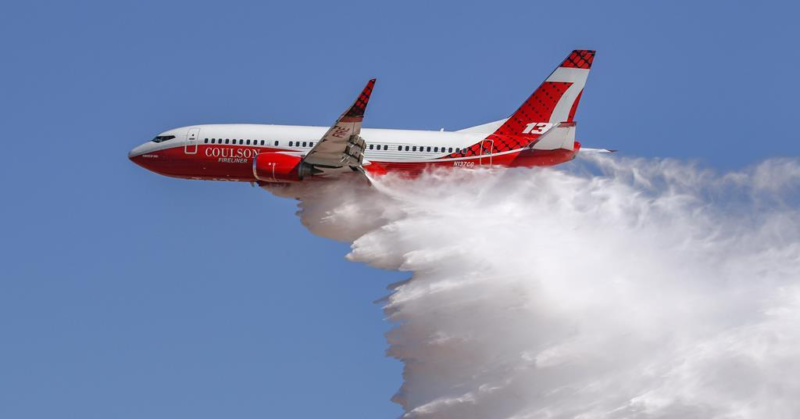
ATSB Investigation
What triggered the firefighter to come down is so far unclear, and Australian Transport Safety Bureau (ATSB) officers will attend the crash site to conduct a thorough investigation. Moreover, dozens of firefighters have been on the ground working to tame the fires, which are understood to have been sparked by lightning.
In a statement, the ATSB said it was assembling a team from its Perth and Canberra offices with experience in aircraft operations and maintenance, human factors, and data recovery to conduct the evidence-collection phase of the investigation.
“Initially, investigators will seek to interview the pilots and witnesses to understand the circumstances of the accident, and determine the accessibility of the accident site with the aim of conducting an on-site examination of the aircraft wreckage.”
Australian Transport Safety Bureau (ATSB)
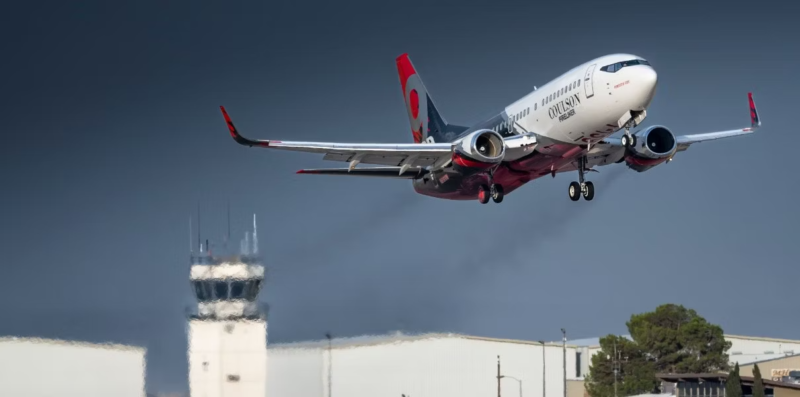
About Boeing 737 Air Tanker
Specialist firefighting company Coulson Aviation of Canada has converted six ex-Southwest 737-300s into aerial firefighters, known as “Fireliners”. These aircraft have a 4,000-gallon capacity. These air tankers are multi-use aircraft with the ability to carry passengers.
“With a full retardant load and 4.5 hours of fuel we are so far under max gross weight we are going to leave the full interior and galleys in even when just in air tanker mode.”
Coulson Aviation of Canada
Conversion of the first aircraft (N617SW) began in 2017, it was then repainted in May 2017. The gravity-based tanks of the retardant system were completed in December 2017. The first conversion was done by Coulson Aircrane Canada.
In 2019 the Australian NSW Rural Fire Service has leased a Fireliner, known as ‘Gaia’ for around $2.5 million a year. The type is known as a “Large Air Tanker” in Australia. The Boeing 737 Air Tanker’s huge payload has proven to be a game-changer for firefighters over the years.
Feature Image: Australian Aviation


